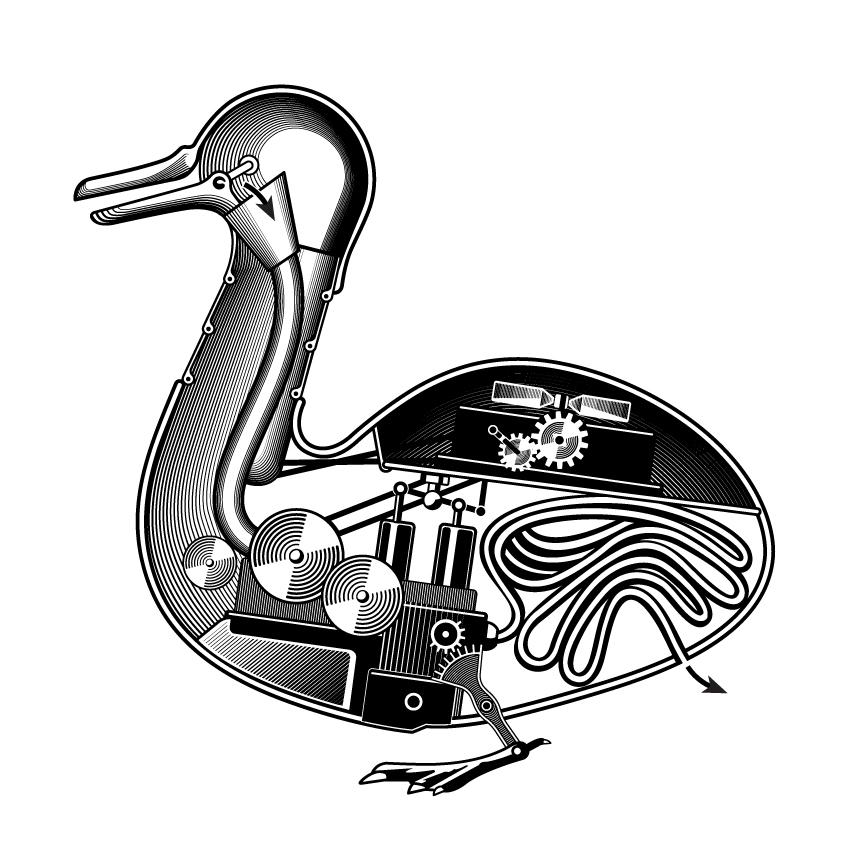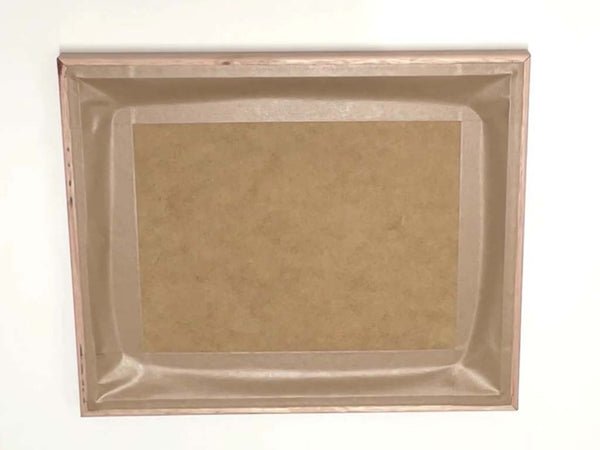How to give your existing framed art a “Health Check”:
From the front, look for the following:
…hmmmmm.
- Does the art appear to be faded
- Spots or discolouration on the artwork
-Has the artwork dropped or has it become uneven
-Is the matboard surrounding the art discoloured
-Is the bevel on the matboard discoloured or yellow
-Does the glass look cloudy or dirty on the inside
-Regarding the frame, are the corners tightly joined and not coming apart
From the back, look for:
…..uuuurgh.
-Tape lifting around the frame and backing
-Any discolouration on the backing board
- Warping or dampness on the backing
-Hangers securely attached to the frame
- Wire not frayed and/or coming loose
-Sufficient space between frame and wall
These are all simple but important “health checks” to assure your frame and art are in good condition. Any type of framing needs a health check every 10-15 years or so, especially framing done before the ‘80’s.
….uuurgh x2.
Picture it Framed has the latest and best conservation glass, matboards and backings to care for your art and to protect it well into the future.
It is a simple process to suggest the best options to give your art a “makeover” and protect it for future generations. The maintenance of the frame is crucial to the ongoing health of the artwork.
Inferior framing materials and techniques can do serious harm to your artwork. In fact, a great percentage of damage to artworks that conservators encounter is caused by detrimental framing materials.
Using our simple health check will help you to determine whether the framing materials are still providing adequate support and protection for your artwork or whether they need attention and updating.
Artworks can in most cases be re-framed into their existing frames provided the internal depth of these frames offers enough space for thenew materials to be fitted in. The artwork and the frame often represent a unit that you will want to preserve. This is simply done by updating the materials such as matboards, protective glazing, backing boards and hanging supports. This provides the artwork with a healthy stable environment once again while allowing you to keep the look or the design.
Checking your framed artwork for developing damage or potentially harmful framing materials will help prolong the life of your valued items.
Glazing at Picture it Framed.
I have these, and more.





